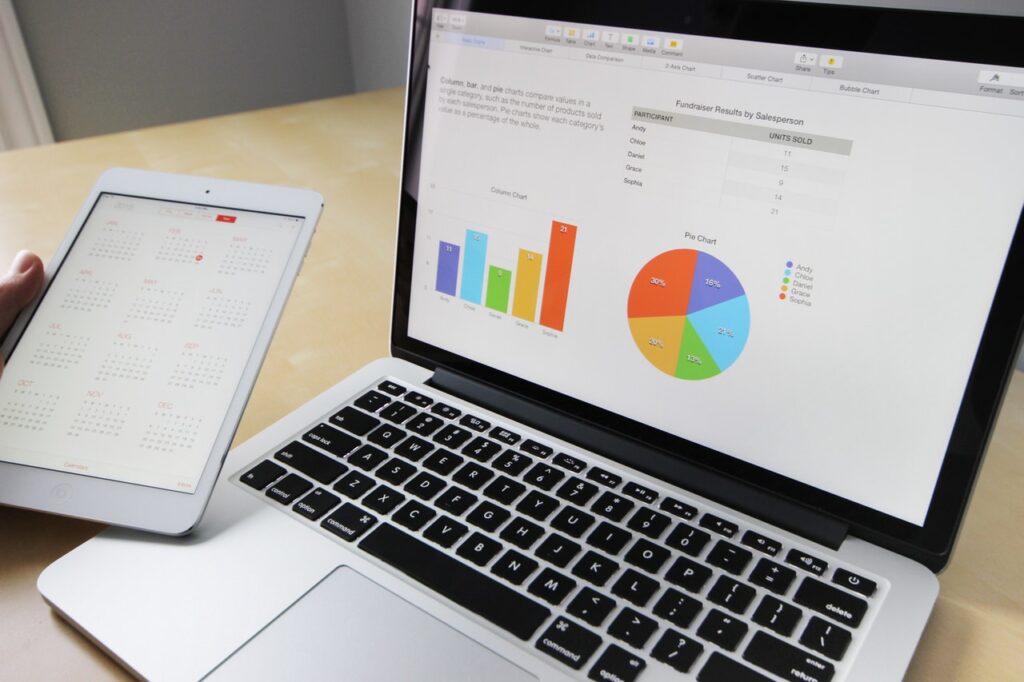 The U.S. economy is a complex system with many moving parts. Even for experts like Kavan Choksi, it can be difficult to understand all the economic data means. This article will explain some of the most important economic data and make sense of it.
The U.S. economy is a complex system with many moving parts. Even for experts like Kavan Choksi, it can be difficult to understand all the economic data means. This article will explain some of the most important economic data and make sense of it.
GDP
The Gross Domestic Product, or GDP, is one of the most important economic indicators. It measures the total value of all the goods and services produced in the United States. The Bureau of Economic Analysis releases it, and it is usually released on the last day of every month.
There are two main ways to interpret GDP data:
- The first way is to look at the GDP growth rate. This is the percentage change in GDP from one quarter to the next. It tells you how fast the economy is growing.
- The second way is to look at the GDP per capita. This is the GDP divided by the population. It tells you how much each person in the country is earning.
Inflation
Inflation is a measure of how prices are changing. The CPI measures the average change in prices of a “basket” of goods and services over time.
When the CPI goes up, the average price of the things in the basket increases. This usually means that the cost of living has gone up. When the CPI goes down, the average price of the things in the basket goes down. This usually means that the cost of living has gone down.
Unemployment
The unemployment rate is the percentage of unemployed people. The Bureau of Labor Statistics releases it, and it is usually released on the first Friday of every month. There are two ways to interpret unemployment data:
- The first way is to look at the unemployment rate. This tells you how many people are unemployed.
- The second way is to look at the number of unemployed people. This tells you how many people are looking for a job.
Interest Rates
Interest rates are the price of borrowing money. They are usually expressed as a percentage. The Federal Reserve sets the interest rate for loans that banks make to each other. This is called the Federal Funds Rate. The Federal Reserve also sets the interest rate for loans people make to the government. This is called the Treasury Bill Rate. Finally, the Federal Reserve also sets the interest rate for loans people make to businesses. This is called the Commercial Paper Rate.
Housing Market
The housing market is the market for buying and selling homes. It includes the market for new homes and the market for used homes. In addition, it includes the market for houses, apartments, and condos. The housing market is important because it affects the economy. When people buy and sell homes, they use the money to buy and sell homes. This money comes from banks. When people buy and sell homes, they also use the money to buy and sell furniture, appliances, and other things. This money comes from stores. When people buy and sell homes, they also use the money to pay their mortgage. This money comes from banks. The housing market is important because it affects the economy in three ways:
- The first way is that the housing market affects the amount of money that people have to spend. When people buy and sell homes, they use a lot of money. This money comes from banks. When people have a lot of money to spend, they can buy more things. This helps the economy to grow.
- The second way is that the housing market affects the number of money banks has to lend. When people buy and sell homes, they use a lot of money. This money comes from banks. So when banks have a lot of money to lend, they can lend more money to businesses and people. This helps the economy to grow.
- The third way is that the housing market affects the amount of money businesses have to borrow.
Conclusion
The U.S. economy is complex, but it is important to understand the data that comes out of it. This article provides an overview of some of the most important economic data and makes sense of it.